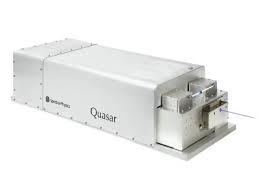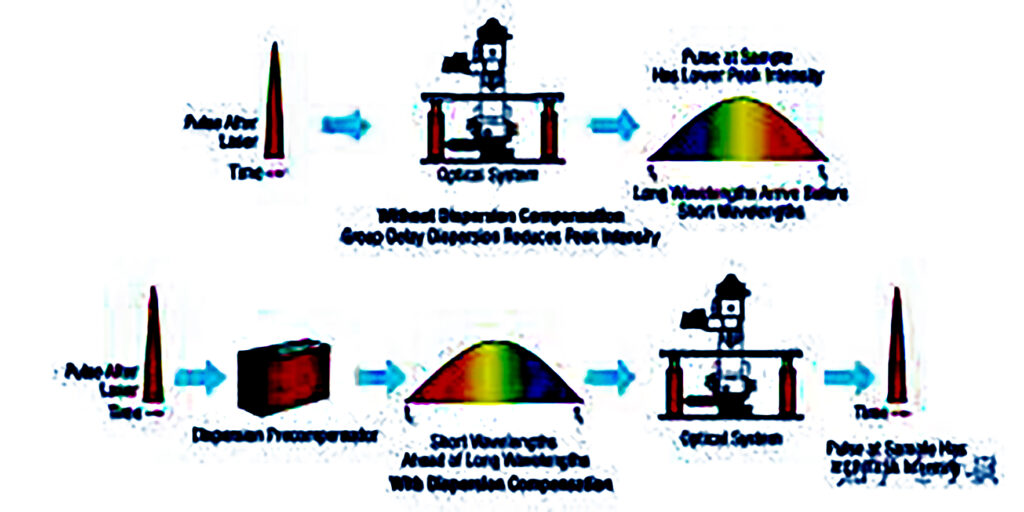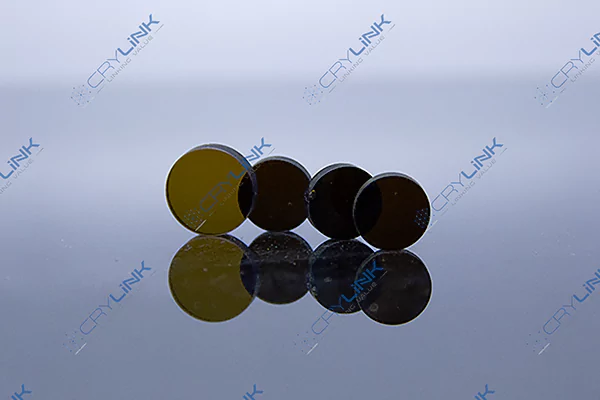Introduction
Pulse lasers have revolutionized various industries, from healthcare to telecommunications, with their precision and efficiency. Understanding the fundamentals of pulse lasers and their development is crucial for pushing the boundaries of technology. In this comprehensive guide, we delve into the principles of pulse lasers, the role of laser crystals in their evolution, and innovative strategies for developing a new generation of pulse lasers.
Principles of Pulse Lasers
Pulse lasers are designed to emit short bursts of high-intensity light, a process facilitated by optical resonators and gain mediums. Within the resonator, light energy is amplified as it bounces back and forth, interacting with the gain medium to enhance its intensity. This amplification process is crucial for generating pulses that possess remarkable power and

precision. By carefully controlling factors like the resonator’s length and the gain medium’s properties, engineers can tailor pulse lasers to meet specific performance requirements, making them indispensable tools in fields like medicine, manufacturing, and research.
Exploring Pulse Laser Principles and Characteristics
Pulse lasers showcase distinctive features that set them apart in the realm of laser technology. One notable characteristic is their ability to generate high peak power, which refers to the maximum power achieved during each pulse. This high peak power is crucial for applications demanding intense bursts of energy, such as laser cutting and welding, where rapid and precise material processing is essential.
Another key attribute of pulse lasers is their short pulse duration, which defines the duration of each pulse. This short duration enables rapid energy delivery, contributing to increased efficiency and reduced thermal damage in laser procedures. In fields like medical surgery, where precision and minimal tissue disruption are paramount, the short pulse duration of pulse lasers proves invaluable.

Moreover, pulse lasers offer precise wavelength control, allowing operators to fine-tune the laser output to match specific requirements. This capability is vital in scientific research, where different materials or biological samples may respond differently to varying wavelengths of light. By adjusting the wavelength with precision, researchers can achieve optimal results in experiments and analyses.
Overall, the combination of high peak power, short pulse duration, and precise wavelength control makes pulse lasers indispensable in applications that demand accuracy, speed, and versatility. From medical treatments to industrial processes and scientific investigations, pulse lasers continue to push boundaries and unlock new possibilities in laser technology.
Types of Laser Crystals
Laser crystals are essential components in pulse laser systems, contributing significantly to their performance and capabilities. These crystals exist in diverse types, each characterized by unique properties that directly impact laser functionality. For instance, Nd:YAG crystals are prized for their exceptional stability, ensuring consistent laser output over extended periods. Ti:sapphire crystals are renowned for their high efficiency in converting pump energy into laser light, making them efficient choices for various applications. Cr:YAG crystals offer tunability, allowing operators to adjust the laser’s wavelength for specific tasks, enhancing versatility. These well-known laser crystals, along with others like them, form the backbone of pulse laser technology, enabling precise and reliable laser operations across different fields.

Harnessing the Power of Laser Crystals in Pulse Lasers
Integrating laser crystals into pulse lasers heralds a realm of innovation and advancement. Through meticulous optimization of crystal properties like doping concentration and structure, we unlock a spectrum of possibilities. This optimization leads to heightened laser output, enhanced beam quality, and prolonged operational lifespans.
Figure 4. Research on Frequency Conversion of Pulse Laser
The synergy between laser crystals and pulse lasers fuels a continuous cycle of innovation, propelling the evolution of pulse laser design to new heights. This symbiotic relationship between technology and materials fosters a landscape of ever-improving performance and functionality in pulse laser systems.
Innovative Applications of Next-Generation Pulse Lasers
The evolution of pulse laser technology opens doors to groundbreaking applications across a wide spectrum of industries. In precision manufacturing, next-generation pulse lasers enable intricate and efficient material processing, enhancing productivity and product quality. Scientific research benefits from the precise control and rapid energy delivery of pulse lasers, facilitating experiments in fields like quantum physics and biotechnology.
Defense systems leverage the versatility and power of next-generation pulse lasers for applications such as target designation, laser weapons, and countermeasures against threats. Environmental monitoring benefits from the high-resolution capabilities of pulse lasers, aiding in remote sensing, pollutant detection, and land surveying with unparalleled accuracy.
Furthermore, the versatility of next-generation pulse lasers extends to sectors like telecommunications, where they play a vital role in optical communications and data transmission. As technology continues to advance, the potential applications of pulse lasers across diverse fields will only continue to expand, driving innovation and progress in countless industries.
Comparing Application Fields
Efficiency, cost-effectiveness, scalability, and adaptability are key considerations when comparing the application fields of innovative pulse lasers with conventional alternatives. The efficiency of pulse lasers in delivering precise bursts of energy translates to improved productivity and reduced energy consumption. Cost-effectiveness is achieved through optimized laser designs and maintenance procedures. Scalability ensures that pulse laser solutions can be tailored to meet varying demands, from small-scale operations to large industrial setups. Adaptability to specific industry requirements allows for customized solutions that address unique challenges and enhance overall performance. These factors collectively contribute to the superiority of innovative pulse lasers in diverse application fields.
Conclusion: Shaping the Future of Pulse Lasers and Laser Crystal Development
In conclusion, the future of pulse lasers lies in continuous innovation and synergy between laser crystal development and pulse laser technology. By exploring new materials, refining manufacturing processes, and addressing emerging market needs, we can propel pulse lasers into new frontiers of performance and applicability.
FAQs
- 1: What are the key advantages of pulse lasers over continuous-wave lasers?
- Pulse lasers offer advantages such as higher peak power, shorter pulse durations, and precise control over pulse parameters, making them ideal for applications requiring rapid and precise energy delivery.
- 2: How do laser crystals contribute to the performance of pulse lasers?
- Laser crystals act as gain mediums, amplifying light within optical resonators to generate powerful pulses. Their properties, such as absorption and emission spectra, directly impact laser efficiency and output characteristics.
- 3: Can next-generation pulse lasers be customized for specific industry requirements?
- Yes, advancements in pulse laser design and laser crystal development allow for customization to meet diverse industry needs. Tailoring parameters such as pulse duration, repetition rate, and wavelength enables targeted solutions for applications ranging from medical procedures to industrial processes.
- 4: What role does innovation play in enhancing pulse laser technology?
- Innovation drives advancements in pulse laser technology by introducing novel materials, refining manufacturing techniques, and optimizing system integration. These efforts lead to improved performance, reliability, and cost-effectiveness of pulse laser systems.
- 5: What are the future prospects for pulse lasers and laser crystal development?
- The future of pulse lasers is promising, with ongoing research focusing on miniaturization, increased efficiency, and expanded application capabilities. Laser crystal development continues to evolve, enabling breakthroughs in areas such as quantum optics, telecommunications, and advanced materials processing.

Frank
Frank graduated from the University of Shanghai for Science and Technology, majoring in optics. As a technical engineer at Crylink Company, he deeply understands crystal materials and laser components.
Related Video(s) with this Article
Related Product(s) with this Article
Related Application(s) with this Article
